Tariffs could cost the average American household $3,800 per year. Here's how to save for it
Published in Business News
Tariffs could cost the average American household $3,800 in 2025, according to The Budget Lab at Yale University. This estimate comes even as President Trump announced a 90-day pause on tariffs earlier this month, temporarily reducing most tariffs to 10% in the meantime, while maintaining higher rates for countries including China.
Tariffs — taxes imposed on imported goods — typically cause prices to rise as companies pass these additional costs to consumers. While this inflationary pressure may keep savings account yields elevated longer, it also means your everyday purchases could become significantly more expensive.
Here’s what you need to know about how tariffs will affect your finances and practical strategies to prepare your budget and savings.
How tariffs will impact your money
Tariffs may impact a wide range of consumer goods, with some categories facing steeper price increases than others.
Products expected to be impacted by tariffs, according to Yale’s Budget Lab study, include:
—Electronics: Smartphones, laptops and televisions could see prices increases of up to 4.5 percent. Some reports estimate that manufacturing an iPhone in the U.S. could drive up the cost to as much as $3,500. And tariffs are already having effects on some electronic products, including the Nintendo Switch 2, as pre-orders have been delayed in the U.S.
—Clothing and apparel: Leather products and apparel are the two categories expected to see the highest price hikes. The Budget Lab estimates that these products will go up by 18.3 and 16.9 percent, respectively.
—Automobiles: Both new and used vehicles may become more expensive, with an estimated 8.4 percent increase for motor vehicles and parts. This affects not just fully imported cars but also American-made vehicles that use imported components.
—Furniture and household goods: Imported furniture, including tables, chairs and home decor. Textiles (9.6 percent), wood products (3.3 percent) and rubber and plastic (6.4 percent) products are all expected to increase in price.
—Raw materials: Products made from materials like steel, aluminum and other metals may see prices increases of around 5.8 percent, affecting everything from appliances to packaging
How tariffs affect banking and interest rates
When prices rise due to tariffs, this contributes to overall inflation, which is a primary concern for the Federal Reserve.
One of the Fed’s primary tools to combat inflation is the federal funds rate, which indirectly affects annual percentage yields (APY) on deposit products, including certificates of deposit (CDs) and savings accounts.
When the Fed raises that benchmark rate — which it did to control post-pandemic inflation — APYs tend to go up. The timeline of recent rate movements is important to understand:
—The Fed began lowering interest rates in September 2024 as inflation approached its 2 percent target.
—Deposit account yields soon followed, falling from a peak not seen in more than a decade.
—In March 2025, citing economic uncertainty, the Fed paused its rate-cutting cycle and kept rates unchanged.
Inflation cooled in March, according to the Labor Bureau’s latest Consumer Price Index, but experts think this is unlikely to continue following Trump’s tariffs.
As such, yields on deposit accounts may remain elevated a bit longer than previously expected — great news for your high-yield savings account However, this benefit comes with the trade-off of potentially higher prices for everday goods, which can easily cut into how much you can save each month.
4 budgeting strategies to offset tariff costs
As prices rise, smart budgeting becomes even more critical. Here are four practical strategies to help maintain your financial health despite tariff-driven price increases:
1. Track spending and cut back where you can
The first step is understanding exactly where your money goes each month. This becomes even more important when prices are rising across multiple categories.
“Tracking your spending does two important things for you,” says Greg McBride, Bankrate’s chief financial analyst. “It tells you where your money is going, and reveals areas where you can cut back in order to absorb higher expenses elsewhere or to funnel more money into savings.”
During this time, it’s good practice to review your monthly expenses to identify areas where you can cut back. This includes auditing recurring costs such as streaming subscriptions that you don’t immediately need. Cutting down little by little will help free up cash that you can store in a savings account.
You may want to reallocate funds away from “wants” towards “needs” that might become more expensive, including groceries, electronic appliances and home goods.
2. Increase your emergency fund
An emergency fund is your first line of financial defense, and tariff-driven prices increases make it even more valuable.
Experts generally recommend saving three to six months’ worth of essential expenses, including rent, utilities and food.
But with a potential recession looming, now is a good time to further increase that fund if you can swing it. Not only will it help you cover the costs of higher prices and unexpected expenses in the future, it’ll also help insulate you from an economic downturn as companies may scale back their investing activities and cut down on their workforce to ride out economic headwinds.
Many banks offer functionalities on their mobile apps that allow you to split your savings into multiple buckets. Consider creating a “tariff emergency fund,” which will be a pool of money you can draw from to cover heightened prices.
3. Time your major purchases strategically
Once prices rise, consider delaying major purchases if you can. This will help you avoid overpaying for goods with temporary price hikes, and it will help you focus on beefing up your emergency fund.
Big ticket items you may consider delaying are products with expected price hikes, including new electronics like phones, TVs and laptops, or something as expensive as a new car.
Factors to consider when timing a purchase:
—Is the item manufactured in or contains significant components from China? (These face immediate tariffs.)
—Is this purchase a need or a want? To answer that you may ask yourself: is the purchase truly necessary in the next 3-6 months?
—Do you have the funds to make the purchase without using credit?
—Could you find an alternative product manufactured domestically?
4. Compare prices across retailers and countries of origin
Products from countries with lower tariffs may be cheaper, so it’ll be especially important to shop around for goods during this time. In theory, domestic products should also be cheaper since they aren’t imported from another country, but even domestic goods may be made or packaged with foreign materials, including steel and aluminum, which may be subject to tariffs.
Comparison shopping will be particularly valuable at the grocery store since many popular goods are imported, including coffee, chocolate, wine and spirits. Other imported products that would be highly impacted by tariffs include furniture, clothing and apparel.
Maximize your savings strategy
While budgeting helps you manage your cash, a strong savings strategy makes sure your money grows despite economic pressures. The current environment offers unique opportunities for savers if you know where to look.
Many of the largest institutions, such as Bank of America and Chase Bank, offer savings accounts with rock-bottom rates of 0.01 to 0.02 percent APY. Your money will grow dramatically faster (and far easier) with a high-yield savings account. Top-notch accounts currently offer yields above four percent APY.
CDs are also a great option to stash extra savings. In contrast with a savings account, a CD comes with a fixed APY, meaning you’ll earn the same interest for the duration of the account’s term. CDs can be a particularly attractive savings vehicle to insulate yourself from inflation and interest rate decreases.
And if you’ve got enough cash, you might consider opening multiple accounts to build a CD ladder, which involves dividing your money across multiple CDs with different maturity dates. This helps you take advantage of higher interest rates while still maintaining regular access to some of your money.
Bottom line
Tariffs present a dual challenge: managing higher prices on everyday purchases while optimizing your savings in a changing interest rate environment. By knowing which product categories will see the biggest price increases, you can budget proactively rather than reactively.
The silver lining is that tariff-driven inflation may keep savings yields elevated longer than previously expected. You can still find savings accounts of four percent APY or greater, making it a great time to open a new account if you’re currently earning a paltry yield. Finding a yield that outpaces inflation ensures your money isn’t losing purchasing power — and that’s important as tariffs are expected to drive prices higher.
©2025 Bankrate.com. Distributed by Tribune Content Agency, LLC.
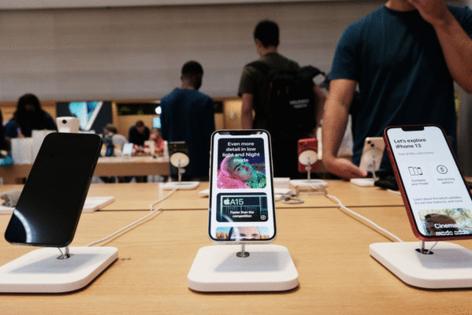




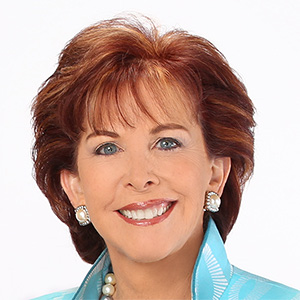
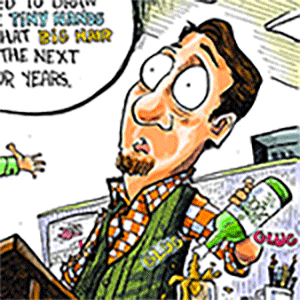

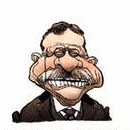

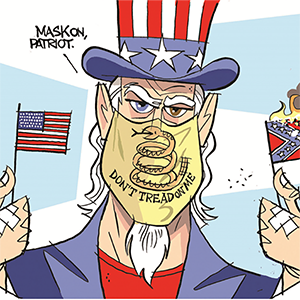
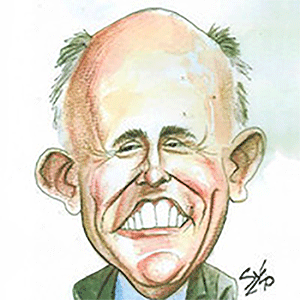
Comments